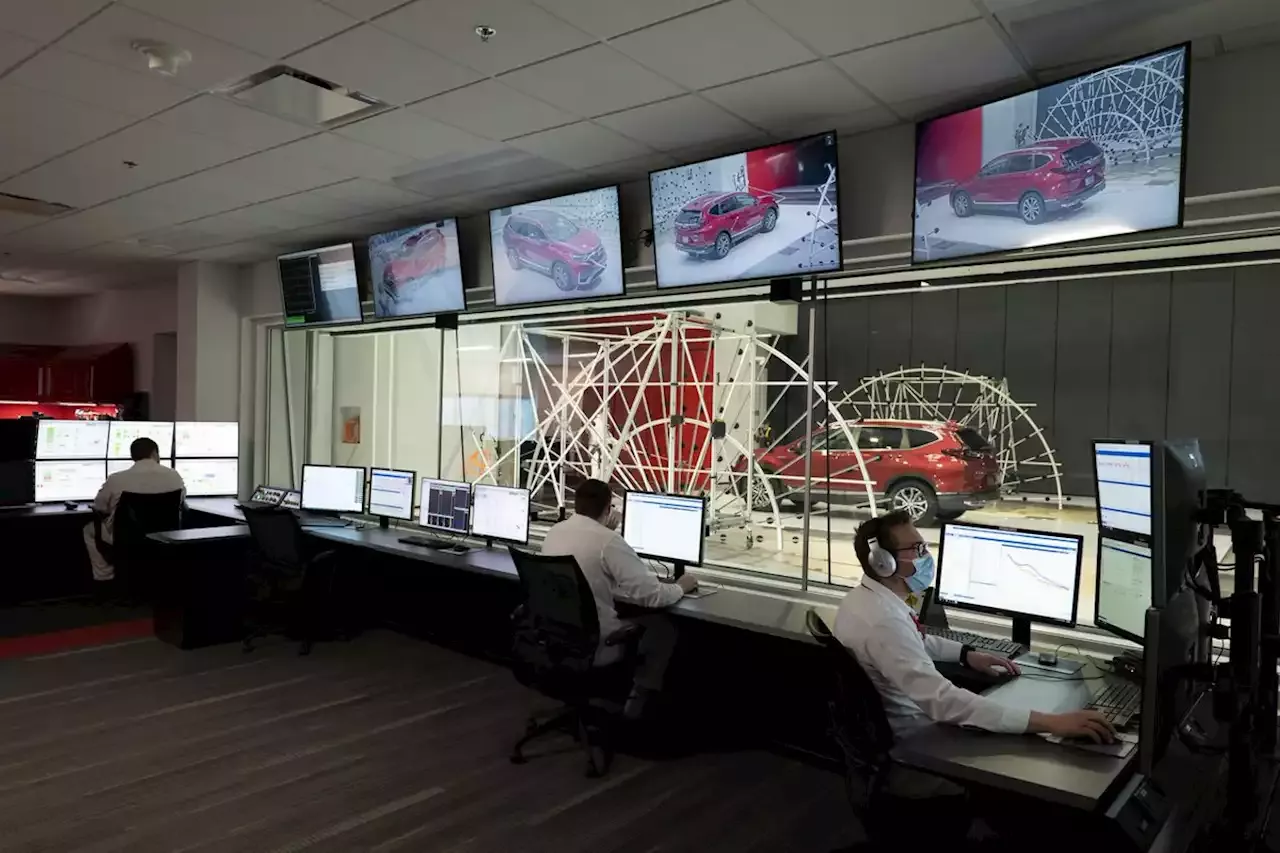Honda's HALO facility is the 'world's most advanced' wind tunnel
— essentially, the lower the drag coefficient, the less drag the vehicle produces and the more efficiently it pushes through air. For ICE vehicles, higher a drag coefficient translates into lower fuel efficiency and more frequent trips to the pump. For EVs, a low drag coefficient is even more critical because it directly impacts the vehicle's driveable range, a continuing concern for many potential EV buyers.
When vehicles are operated in a wind tunnel, they drive on what is essentially a giant treadmill belt. These belts are designed to control the boundary layer between the floor and the vehicle, a critical factor in generating accurate aerodynamic data, Mike Unger, Wind Tunnel Lead at HALO, explained during the call.
The tunnel itself is an eighth of a mile long with a test area measuring 3m x 5m x 15m, large enough to accommodate up to a full-size delivery van. It's 8m-diameter fan is outfitted with a dozen hollow carbon fiber fixed-pitch blades which spin up to 253 rpm, driven by a 5MW 6,700HP electric motor, and generates wind speeds in excess of 190 MPH.
